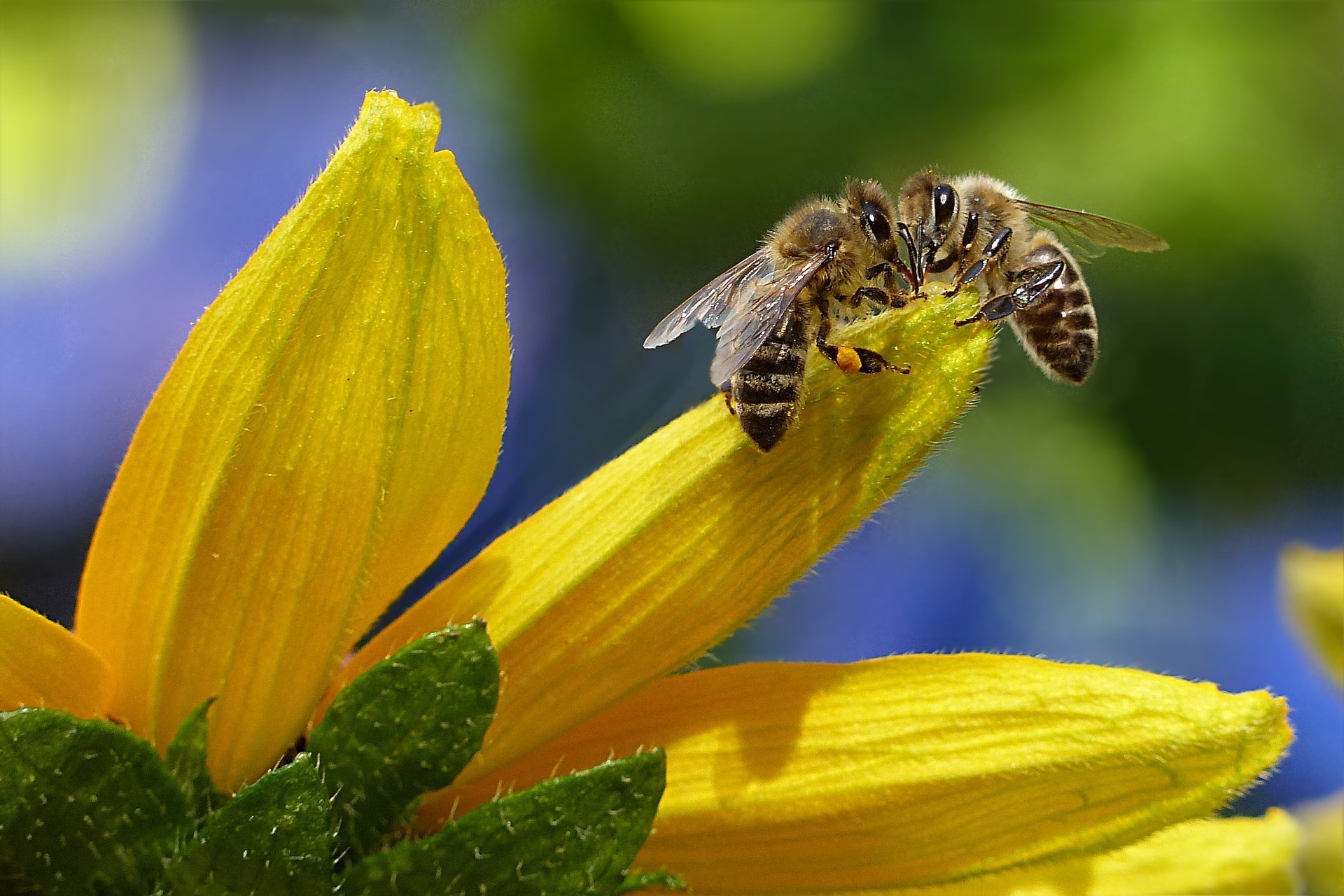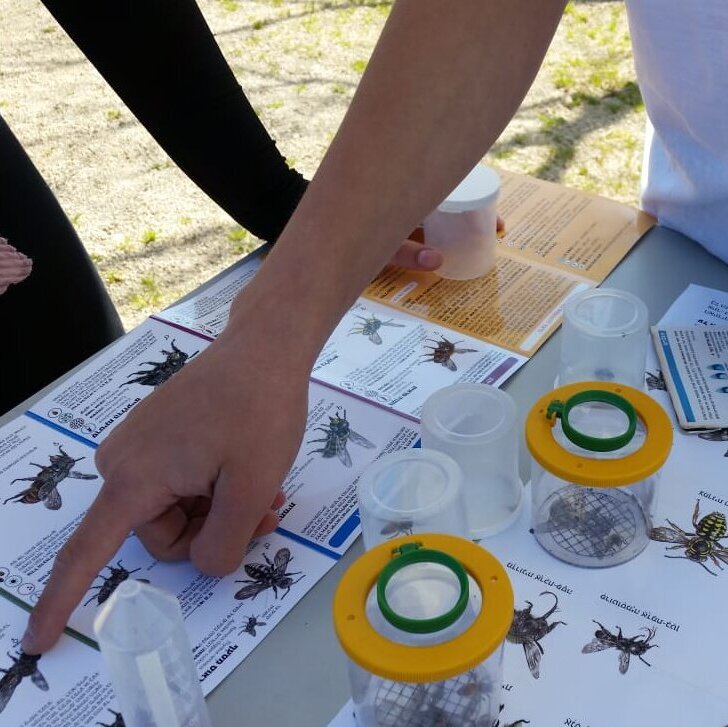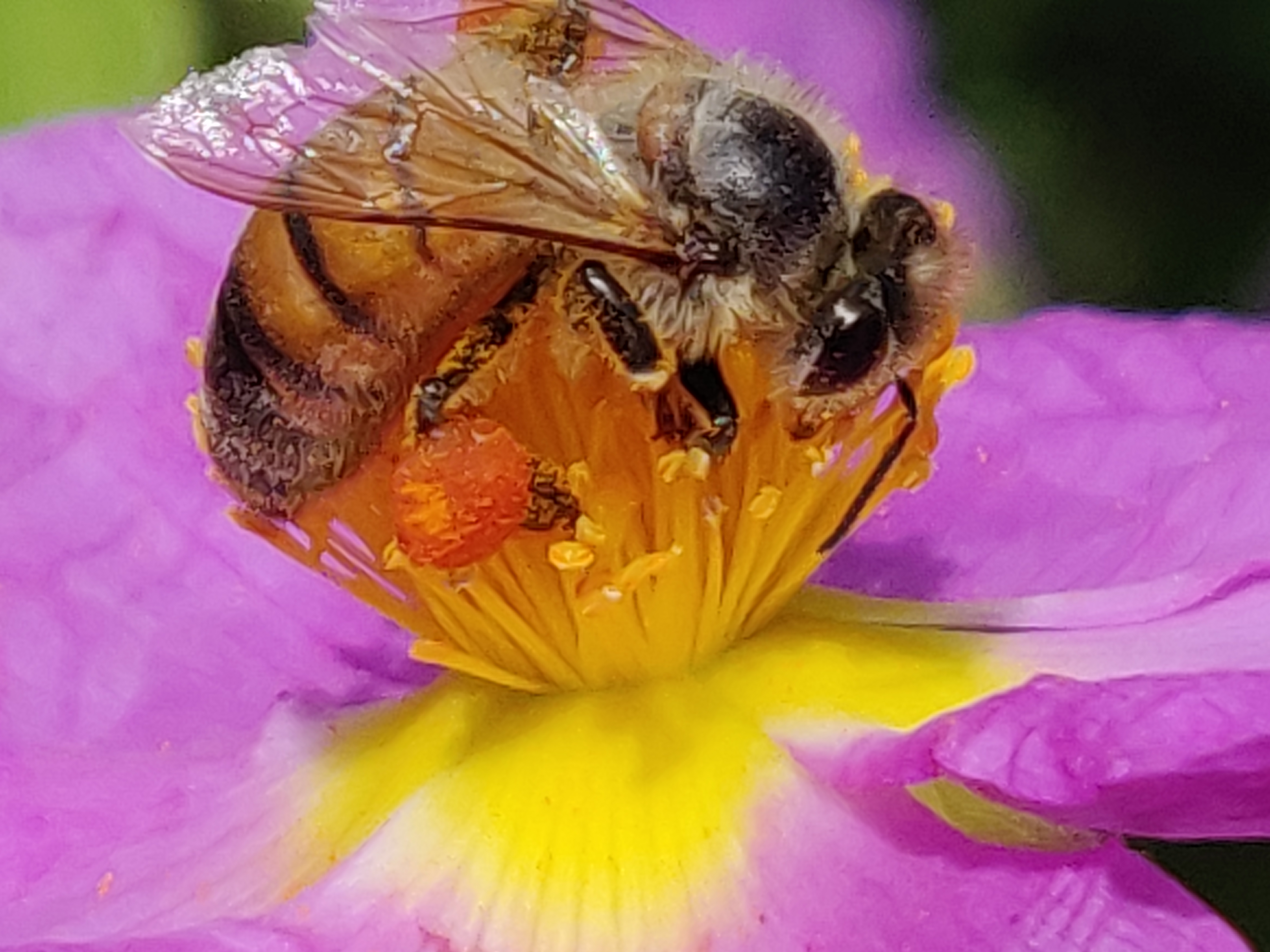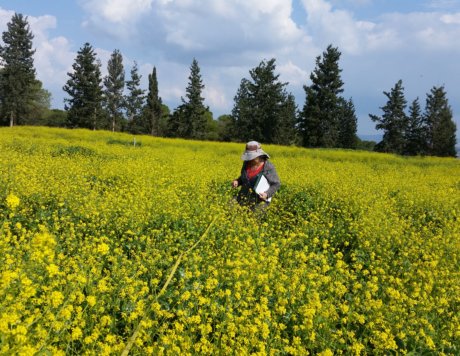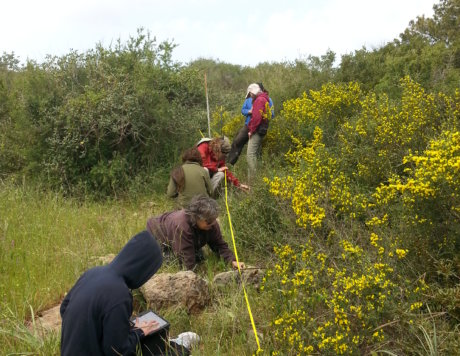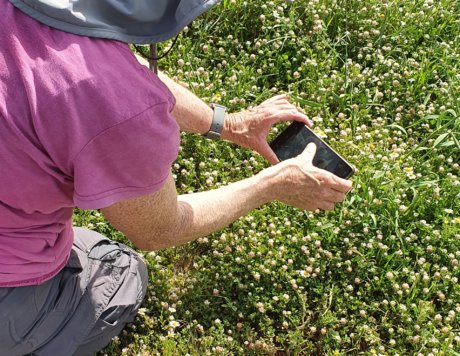Bee Monitoring at Ramat Hanadiv
Raaya Rodich, Yossi Ben Mior
Much evidence from recent years indicates that populations of flying insects in general and bees in particular are declining significantly. A German study reported a 75% decrease in the total biomass of flying insects between 1990 and 2015. The reasons for this worrying phenomenon are not clear, but it appears that the bee crisis stems from a combination of several factors: climate change, fragmentation and destruction of the habitats that serve as foraging territory and a source of nectar and pollen, increased use of chemical pesticides, environmental pollution, pests and disease vectors and more.


